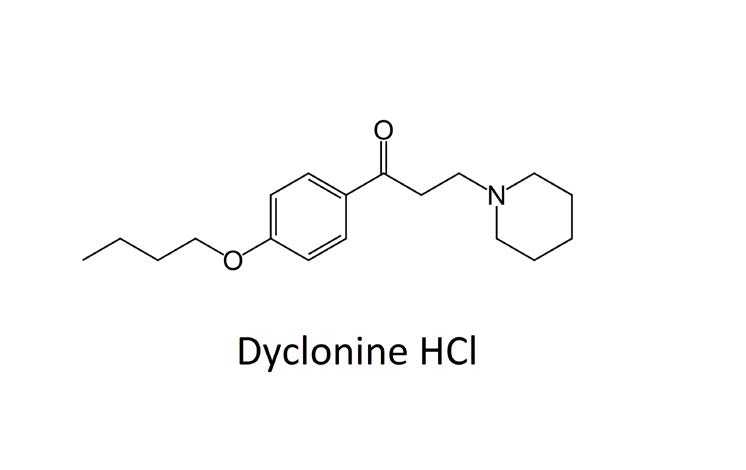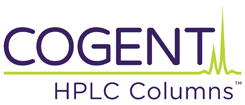A Reproducible Method for Detection of Dyclonine Hydrochloride
Click HERE for Column Ordering Information.
A rapid, sensitive, and reproducible Method has been developed for detection of Dyclonine HCL. The data below, (overlay of 20 chromatograms ) illustrates how the compound can be adequately Retained and detected using HPLC, with both excellent Peak Shape and run-to-run precision. Using a simple Gradient in Reversed Phase HPLC, the developed Method involves using a which was selected based on the structure of the analyzed compound.
A Phenyl ring in the Column Stationary Phase provided beneficial π-π Interaction with the Analyte making possible the use of a very simple, Mass Spec friendly Mobile Phase with Formic Acid as an additive. The process of sample preparation was simple and the analysis time was around 4 minutes. If shorter analysis time is required, this can be achieved by a simple change in Gradient conditions.

20 Injections of Dyclonine HCl Overlay

Method Conditions
Column: Cogent Phenyl Hydride™, 4μm, 100Å
Catalog No.: 69020-75P
Dimensions: 4.6 x 75mm
Mobile Phase:
—A: DI Water with 0.1% Formic Acid (v/v)
—B: Acetonitrile with 0.1% Formic Acid (v/v)
Gradient:
| Time (minutes) | %B |
| 0 | 10 |
| 1 | 10 |
| 5 | 70 |
| 7 | 70 |
| 7.5 | 10 |
| 10 | 10 |
Injection vol.: 2μL
Flow rate: 1.0mL / minute
Detection: UV @270nm
Sample Preparation: 0.1mg / mL Dyclonine HCl reference standard solution in 50:50 Acetonitrile / DI Water with 0.1% Formic Acid.
Notes: Dyclonine is a local anesthetic and is the active ingredient in an over-the-counter throat lozenge. By binding to the activated sodium channels on the neuronal membrane, it decreases the membrane’s permeability to sodium ions. This induces an increased threshold of excitations and subsequently blocks conduction, leading to a reversible loss of sensation. The drug is classified as a bactericidal and fungicidal local anesthetic. It has already become an important drug in the treatment of pain and as an antipruritic agent. Newest studies show that Dyclonine represents a novel therapeutic route for Friedreich’s ataxia, a devastating disease leading to neurodegeneration and lethal cardiomyopathy.
Attachment
A375b Dyclonine HCL Analyzed with HPLC pdf 0.1 Mb Download File


